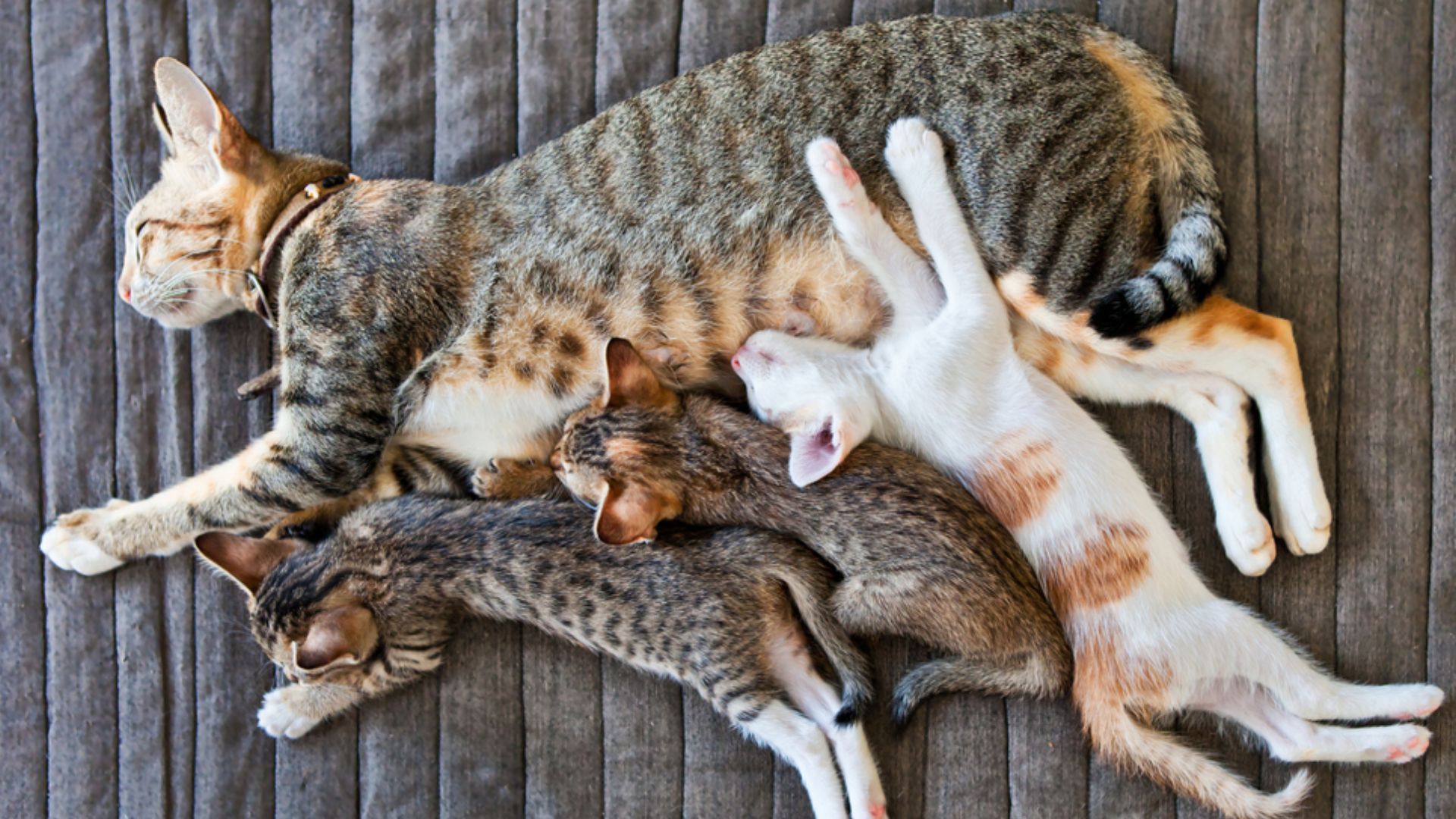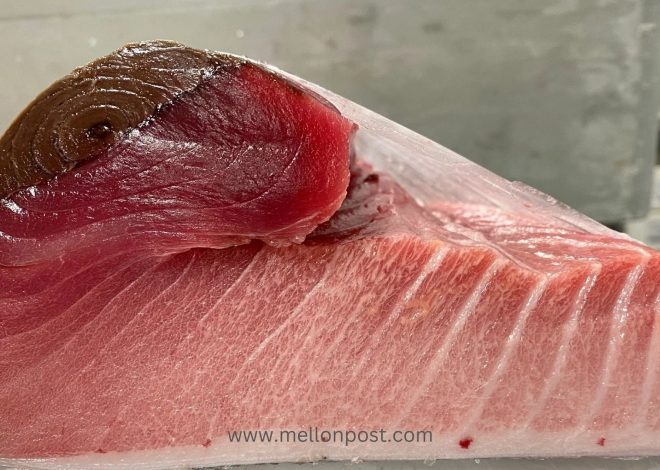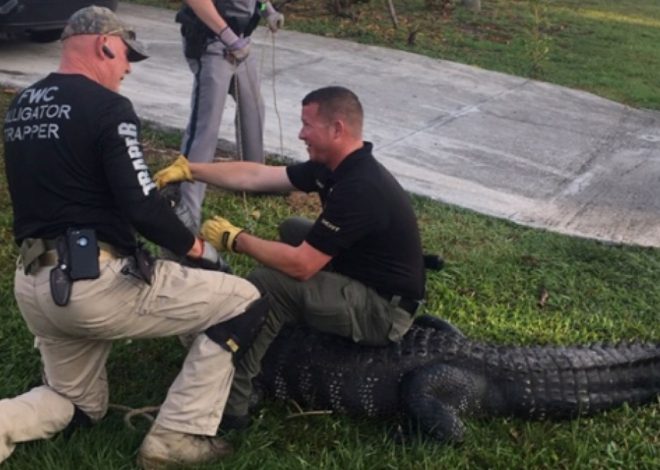
What causes eclampsia in cats ?
Table of Contents
Eclampsia in cats is caused by low levels of calcium in the blood, which can lead to a life-threatening condition. This drop in blood calcium levels is usually due to calcium loss during pregnancy and nursing. Eclampsia can occur in any breed with any size litter and at any time from pregnancy to weaning.
Milk fever, also known as eclampsia or puerperal tetany, occurs when blood calcium is low after giving birth, usually within 2-4 weeks of queening, but can also occur in the last weeks of gestation or pregnancy.
Factors that contribute to eclampsia include a calcium-poor or poor-quality diet during pregnancy, calcium loss in pregnancy due to the development of the bones of unborn kittens, or issues with the parathyroid gland responsible for calcium regulation in the body.
Calcium is essential for neuromuscular function, and when levels are low, it can lead to unregulated nerve-muscle communication, resulting in muscle twitches, spasms, seizures, and fits characteristic of eclampsia. Prompt veterinary attention and treatment are crucial to address this serious condition effectively.
Eclampsia in cats symptoms / Signs of Eclampsia in cats
The symptoms of eclampsia in cats include restlessness, nervousness, aggression, sensitivity to light and sound, whining, vomiting, diarrhoea, muscle spasms, seizures. panting, stiffness, weakness, inability to rise, muscle tremors or rigidity, convulsions, high body temperature, and rapid respiratory rate.
In severe cases, cats may exhibit tetany, where the entire body goes stiff, and convulsions. It is crucial to recognize these symptoms promptly and seek immediate veterinary care to address this life-threatening condition effectively.
How to treat eclampsia in cats at home / how to treat milk fever in cats
The standard treatment for cats with eclampsia is slow administration of calcium gluconate, which is administered intravenously, directly into the blood, and requires careful monitoring to ensure the cat is not given too much calcium at once. If the cat is seizing or has developed muscle spasms, the veterinarian will address the condition with medication until the cat remains stable.
If you suspect your cat has eclampsia, it is crucial to separate the kittens from the mother and seek veterinary attention immediately, as clinical signs can progress rapidly. Transport the kittens to the veterinarian in a separate, secure carrier, and minimize stress as this can worsen the condition.
Treatment involves administration of calcium gluconate, slowly and carefully, while the heart rate is being monitored (rapid administration or overdose may stop the heart). Oral calcium supplements may also be required. The litter will need to be fed with a milk replacer, until the mother’s blood calcium is normalized, and your veterinarian may recommend early weaning to reduce stress on the mother.
Intravenous calcium supplementation may be required every 6-8 hours until the mother is stable and well enough to receive oral calcium supplements. It is useful to feed expectant mothers kitten food two to three weeks before queening and continue this while the mother is lactating (at least four weeks).
If left untreated, eclampsia can lead to death, so it is crucial to seek veterinary attention immediately if you suspect your cat has this condition.
Home remedies for eclampsia in cats / home remedies for milk fever in cat
Home remedies are not recommended for treating eclampsia in cats. Eclampsia is a serious medical emergency that requires immediate veterinary attention. The standard method to treat for milk fever in cats is slow administration of calcium gluconate, which is administered intravenously by a veterinarian.
This treatment requires careful monitoring to ensure the cat is not given too much calcium at once. Additionally, anti-seizure medication may be necessary to control seizures and muscle spasms associated with eclampsia. Prompt veterinary care is essential for the successful treatment of eclampsia in cats.
What are the symptoms of pre-eclampsia in cats
The symptoms of pre-eclampsia in cats include restlessness, nervousness, disorientation, stiff legs, panting, and a stilted gait. In severe cases, tetany (extreme rigidity) can occur, which can be life-threatening. Other signs may include increased body temperature and respiratory rate.
Veterinary intervention is crucial in cases of pre-eclampsia, with treatment often involving physical exams, blood tests to determine calcium levels, and potentially intravenous calcium administration under careful monitoring. Over-supplementation of calcium can exacerbate the condition, leading to decreased blood calcium levels and potential risks associated with this therapy.
What is the difference between preeclampsia and eclampsia in cats
Pre-eclampsia and eclampsia are both medical conditions that can occur in pregnant or nursing cats, but they are not the same.
Pre-eclampsia is a condition that occurs when the mother’s body cannot keep up with the increased demands for calcium during pregnancy and nursing, leading to a drop in calcium levels in the blood. This can result in restlessness, nervousness, disorientation, stiff legs, panting, and tetany in severe cases.
Preeclampsia is treated as an emergency, and veterinary professionals may perform a physical exam and blood tests to determine calcium levels. The standard treatment for felines with preeclampsia is slow administration of calcium gluconate intravenously.
Eclampsia in cats on the other hand, is a life-threatening condition that occurs when the mother’s blood calcium levels drop suddenly during lactation, causing hypocalcemia. This condition is often linked to insufficient nutrition consumed by the female during pregnancy or large litters of kittens.
Eclampsia can occur approximately four weeks after the queen has delivered and can progress quickly, leading to death if not treated within 12 hours of clinical symptoms.
The standard treatment for eclampsia in cats is slow administration of calcium gluconate intravenously, along with vitamin D and anti-seizure medication to control tetany and seizures.
In summary, pre-eclampsia is a condition that occurs due to low calcium levels during pregnancy and nursing, while eclampsia is a life-threatening condition that occurs due to sudden drops in blood calcium levels during lactation. Both conditions require immediate veterinary attention and treatment.
What are the symptoms of hypocalcemia in cats
Hypocalcemia in cats is a condition characterised by abnormally low levels of calcium in the blood. Calcium is an essential mineral that plays a crucial role in various bodily functions, including bone and teeth formation, blood clotting, milk production, muscle contraction, heart pumping, vision, and the metabolism of hormones and enzymes. Therefore, calcium deficiency is a serious condition that requires immediate treatment.
The symptoms of hypocalcemia in cats can vary depending on the underlying cause and severity of the problem. However, some of the more common symptoms include:
- Muscle twitching and trembling
- Uncoordinated or stiff gait
- Panting
- Face rubbing against objects
- Vomiting
- Lack of appetite
- Fever
- Weakness
In mild cases, cats may not show any symptoms, while in severe cases, they may exhibit severe neuromuscular dysfunction with tetany and seizures. Exercise and excitement may induce or worsen clinical findings. The severity of clinical signs depends on the magnitude of hypocalcemia, rapidity of onset, and duration.
Diagnosis of hypocalcemia is usually based on the history, physical examination findings, and results of serum biochemical testing, including serum lipase concentration, and a urinalysis. An ionized calcium concentration of <1 mmol/L is diagnostic for hypocalcemia.
Treatment of hypocalcemia is aimed at correcting the underlying disorder. If clinical signs are present, vitamin D, supplementation, calcium supplementation, or both are indicated, as for eclampsia. Treatment is also indicated if serum total calcium is <7.5 mg/dL or ionized calcium is <0.8 mmol/L.
In severe cases, hypocalcemia may require extended hospital stays and close monitoring to prevent relapse. It is essential to address the underlying cause of hypocalcemia to prevent future episodes.
If the hypocalcemia is related to nutrition, for example, your veterinarian will make new dietary recommendations. While mothers that have recently given birth may be separated from their kittens. In these cases, the kittens can be nursed by hand until the cat’s hypocalcemia has properly been addressed.
What is the difference between hypocalcemia and eclampsia in cats
Hypocalcemia and eclampsia are related conditions in cats, but they have distinct differences:
| Hypocalcemia | Eclampsia | |
| Definition | Hypocalcemia refers to abnormally low levels of calcium in the blood. | Eclampsia, also known as milk fever or puerperal tetany, is an acute, life-threatening condition caused by low blood calcium levels. |
| Causes | Hypocalcemia can be caused by various factors such as hypoparathyroidism, renal failure, pancreatitis, hypoalbuminemia, toxins, nutritional deficiencies, and metabolic disorders. | Eclampsia in cats is typically associated with calcium loss in milk, poor dietary calcium intake, poor nutrition during pregnancy or lactation, and the inability to consume adequate food and calcium due to other health issues. |
| Symptoms | Clinical signs of hypocalcemia include muscle twitching, facial rubbing, growling, nervousness, muscle twitching, stiff gait, and in severe cases, tetany and seizures. | Clinical signs of eclampsia include muscle tremors, seizures, fever, panting, increased heart rate, weakness, uncoordinated gait, muscle rigidity, and abnormal postures. |
| Diagnosis | Diagnosis is based on history, physical examination, serum biochemical testing, and an ionized calcium concentration of <1 mmol/L. | Diagnosis is confirmed through a blood test showing low blood calcium levels, typically less than 7 mg/dl, and rapid response to intravenous calcium treatment. |
| Treatment | Treatment involves correcting the underlying cause, which may include vitamin D supplementation, calcium supplementation, or both. | Treatment involves slowly administering intravenous calcium (calcium gluconate), oral or dextrose solutions, anti-seizure drugs, cooling methods for elevated body temperature, and potentially hand feeding kittens. |
In summary, hypocalcemia in cats is a general term for low blood calcium levels, while eclampsia specifically refers to a severe form of hypocalcemia that occurs in lactating cats due to calcium loss in milk.
Eclampsia is a more critical and life-threatening condition that requires immediate veterinary attention and specific treatments to restore calcium levels and prevent complications.
What are the treatment options for hypocalcemia in cats
The treatment options for hypocalcemia in cats include
- Calcium supplementation therapy under close monitoring,
- Intravenous calcium (calcium gluconate) given very slowly,
- Oral or dextrose solution to raise blood sugar,
- Anti-seizure drugs (e.g. Valium®) if seizures are unresponsive to calcium or dextrose,
- Cooling of patients with severely elevated body temperatures,
- Removal and hand raising of all kittens,
- Oral calcium supplementation when the cat is stable,
- Oral vitamin D supplementation to help increase the absorption of calcium in the intestines, and
- Monitoring electrocardiogram data (EKG) because calcium has a direct effect on heart and blood vessels.
The treatment is aimed at returning blood calcium levels to normal and decreasing calcium loss from the body, which may include weaning and hand feeding the kittens. In severe cases, extended hospital stays may be required. It is important to monitor calcium levels and prevent side-effects related to calcium overload.
The underlying cause of hypocalcemia should also be treated to prevent future episodes. If the hypocalcemia is related to nutrition, for example, your veterinarian will make new dietary recommendations.
While mothers that have recently given birth may be separated from their kittens. In these cases, the kittens can be nursed by hand until the cat’s hypocalcemia has properly been addressed.
How long does it take to correct hypocalcemia in cats
The duration of treatment for hypocalcemia in cats can vary. In some cases, normal parathyroid gland function may return after up to six months of calcium and vitamin D supplementation. However, the exact duration of treatment is difficult to predict and may depend on the underlying cause of the hypocalcemia.
Close monitoring of calcium levels is important during treatment, and treatment for hypocalcemia is similar to that for post-parathyroidectomy hypocalcemia. It is important to note that attempting to prevent hypocalcemia with oral calcium supplements during pregnancy or lactation may backfire, as the mother may not be hormonally prepared to liberate more calcium.
What is the treatment for pre-eclampsia in cats
The treatment for pre-eclampsia in cats typically involves the slow administration of calcium gluconate intravenously to address the dangerously low blood calcium levels. This supplementation is carefully administered to avoid giving the cat too much calcium at once.
Additionally, treatment may include the administration of vitamin D to aid in calcium absorption, anti-seizure medication to control tetany and seizures, and immediate intravenous drug therapy infusion with calcium gluconate supplementation. It is crucial to seek veterinary care promptly as pre-eclampsia can progress quickly and become life-threatening if not treated promptly.
Continue reading: Why Do Cats Eat Grass ?


